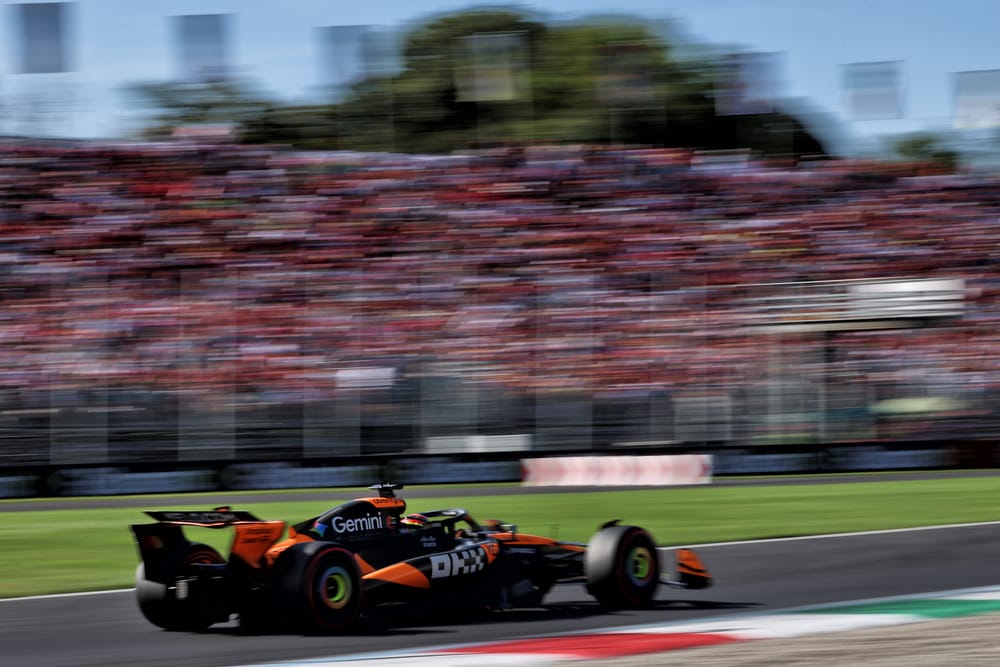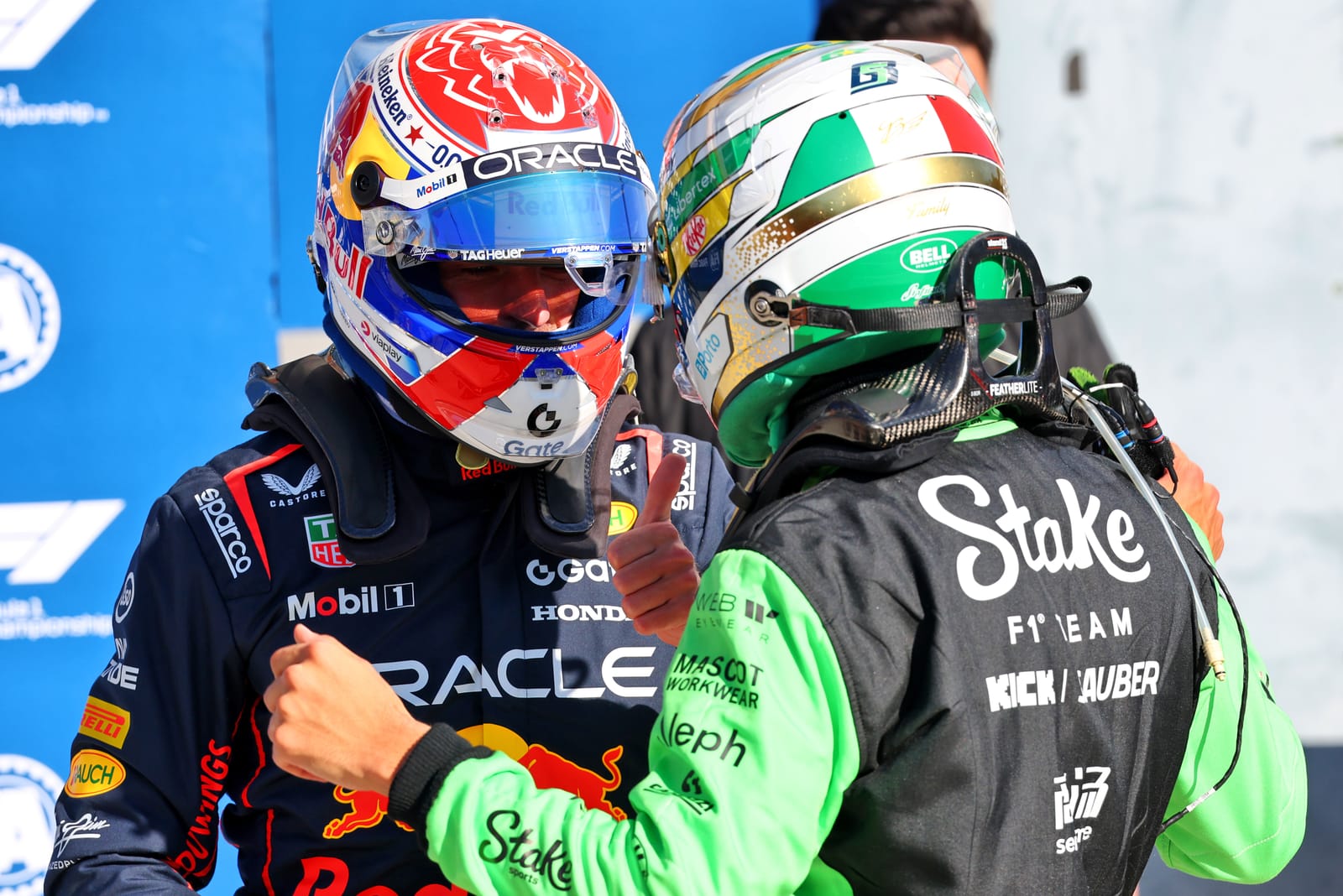After a run of races where McLaren appeared to have been stretching its advantage at the front of the Formula 1 field, the Italian Grand Prix has been its most challenging weekend for a while.
Recent experiences of Lando Norris and Oscar Piastri enjoying a couple of a tenths of a second advantage over the rest of the field in a private fight at the front have been replaced at Monza with it being pulled back into the pack.
And in a super close qualifying fight, it was Red Bull's Max Verstappen who snatched a surprise pole position ahead of Norris and Piastri.
The performance swing from McLaren to Red Bull was something that Mercedes driver George Russell reckoned was not so easy to explain.
"The season of the McLaren doesn't make a huge amount of sense," he said.
"When you see how fast Red Bull are here, and how bad they were in Hungary, or how bad they were in Bahrain but then you had an equally high-deg circuit in Imola and they were amazing. So it's not really adding up.
"It is the same with Ferrari. One minute they're really fast; the next minute they're not."
So what's going on?
The track impact
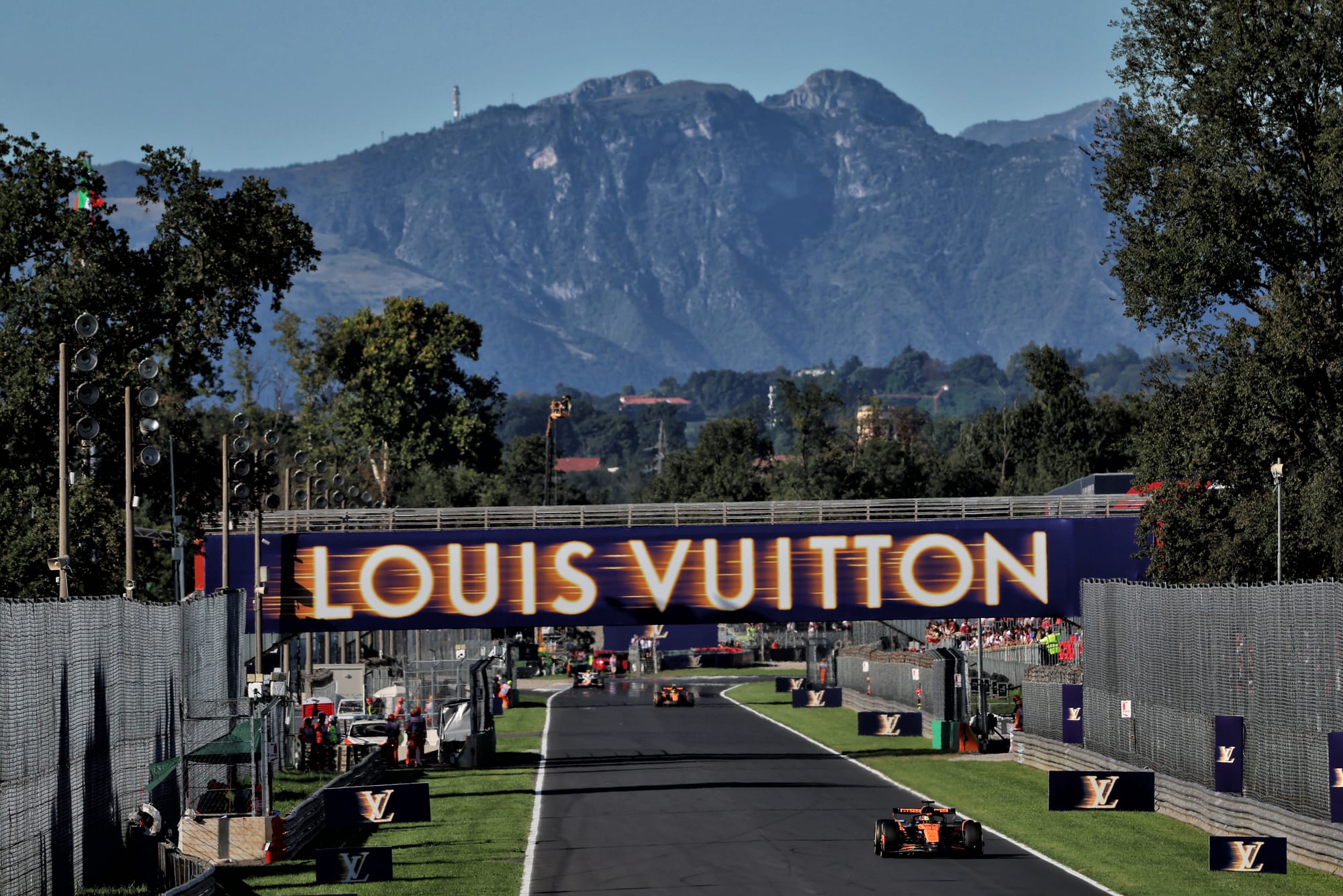
McLaren boss Andrea Stella thinks that the explanation for why McLaren's advantage at the front is much less here than recent races is quite a simple one to explain.
He suggests that several factors come together at Monza that mean the MCL39's advantages shown at other venues are not quite so clear here.
The first relates to the track characteristic itself. Monza not only has long straights (where the McLaren is not the strongest), but also only has very few corners where it can show its usual advantage.
So the distance of track where the McLaren is better than the opposition is less here than at other venues such as the Hungaroring and Zandvoort.
Stella said: "Pretty much in every corner we are the fastest, but the corners are relatively short-duration.
"There's only six [corners], and the car is not the fastest in the straights. So we gain a little bit in the corners, and we lose quite a bit of time down the straights."
The situation has been further exacerbated in 2025 because the Monza asphalt is offering more grip this season – after a year of weathering-in following the resurfacing ahead of the 2024 race.
This is one of the reasons why Verstappen's pole position time was the fastest lap that there has ever been in F1 at 164.466mph – as he surpassed Lewis Hamilton's pole position speed from 2020.
Stella added: "We have seen the lap times like we are running in Monza in the 1m18s, which is pretty impressive.
"It means there are not only not many corners, but these corners are very short duration because you brake so late and you accelerate so early. The so-called grip-limited zone is very limited."
The nature of the shift between corners and straights can be shown clearly in the ratio of how much time around the track is spent at full throttle compared to somewhere like the Hungaroring for example.
At Monza, during qualifying, data shows that McLaren is at maximum acceleration for 75% of the time. At the Hungaroring it was just 58%.
Aero concept
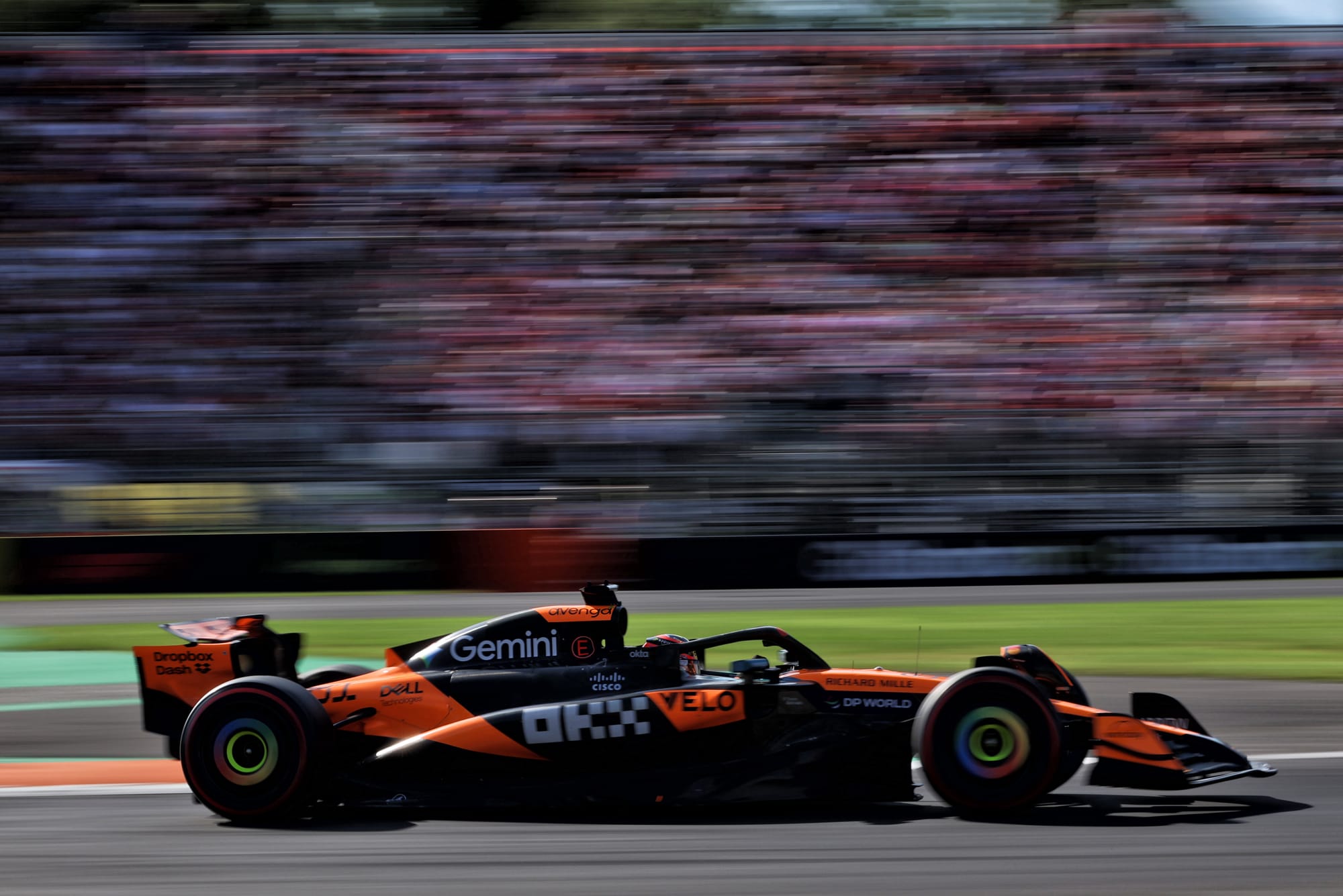
The shift in relative performance between McLaren and the opposition is not just down to the circuit layout, because it is also impacted by the downforce levels.
F1 car performance is influenced a lot by aero efficiency – which is the balance between the drag and downforce of the car.
At higher downforce levels, McLaren has much better efficiency compared to its rivals. However, when the downforce levels come down (as they do at Monza), then its advantage gets wiped away and there appears to be a consensus that the Red Bull is best in this range.
As Stella said: "The way we design our car, the car reaches its best efficiency at a higher level of rear wing.
"We know this is similar to last year where, when we reduced the level of rear wing, then the car, in relation to other competitors, loses a little bit of overall aerodynamic efficiency.
"The way the McLaren is designed, it's not the most efficient at low drag."
McLaren says that its understanding of how the Red Bull excels at this kind of wing level is why it was not surprised that Verstappen was so strong in qualifying.
"We have seen at previous events as well that, when we reduce the level of drag, then Red Bull is actually able to retain quite a lot of aerodynamic efficiency on their car," he said.
"I think when we go at this level of downforce, then Red Bull possibly becomes overall the best car."
Red Bull revival
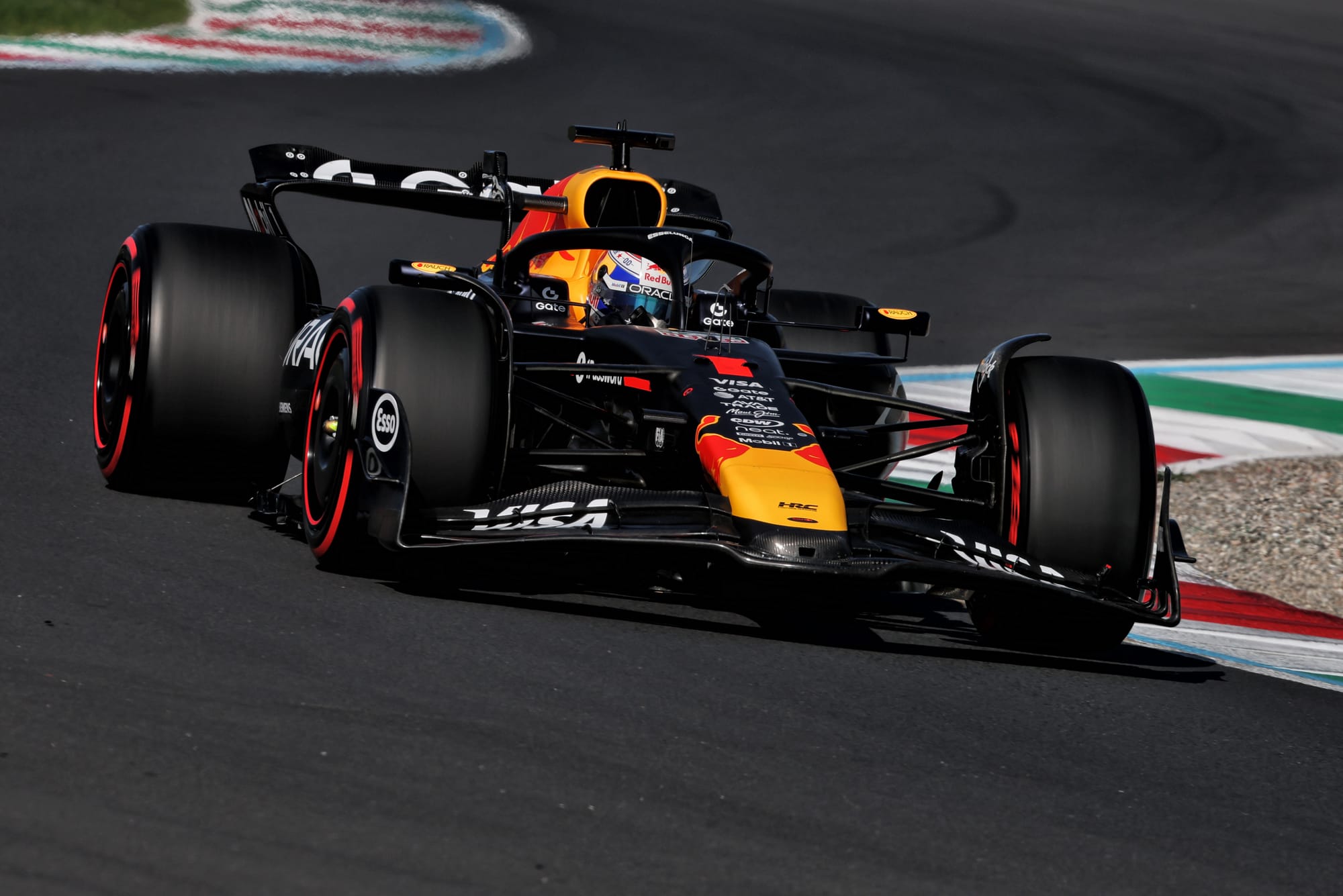
Red Bull's form has also been helped by it being in a completely different shape to 12 months ago – when Monza exposed some major weaknesses in its 2024 RB20 package because they weren't disguised by higher downforce.
Serious through-corner balance problems – which were manifesting themselves as corner entry oversteer and corner exit understeer – were pinpointed as being the result of a too dramatic shift of aero balance.
With Verstappen having highlighted the problem, Red Bull got to work to resolve the issue for this season – and it seems to have put its RB21 into a much better window.
The reigning champion said: "I don't think the car is ever going to be perfect around here just because of the low downforce feeling anyway.
"But at least it allowed me to attack corners, have the rotation that I needed at times, and that's what you want."
But both Red Bull and McLaren know that qualifying form does not necessarily translate to race pace – and the picture displayed on Saturday could be very different in the race.
Verstappen added: "We still need to understand more why in the race sometimes it doesn't really translate.
"I had quite a decent feeling in Zandvoort, but then it was really not good in the race. So I don't sit here and think that [the race] is going to be fantastic in terms of how competitive we're going to be against McLaren."
There is an interesting aspect to note here about the potential pace swing between qualifying and the grand prix – especially in reference to McLaren losing its advantage because of the lack of through-corner time at Monza.
With heavier cars in the race, because of fuel loads, plus tyres that degrade, the corner time increases because drivers have to brake earlier, go slower through the turn and get on the power later.
The 75%/25% full throttle ratio from qualifying shifts to 68%/32% in the race – pushing things much more towards what McLaren needs.


